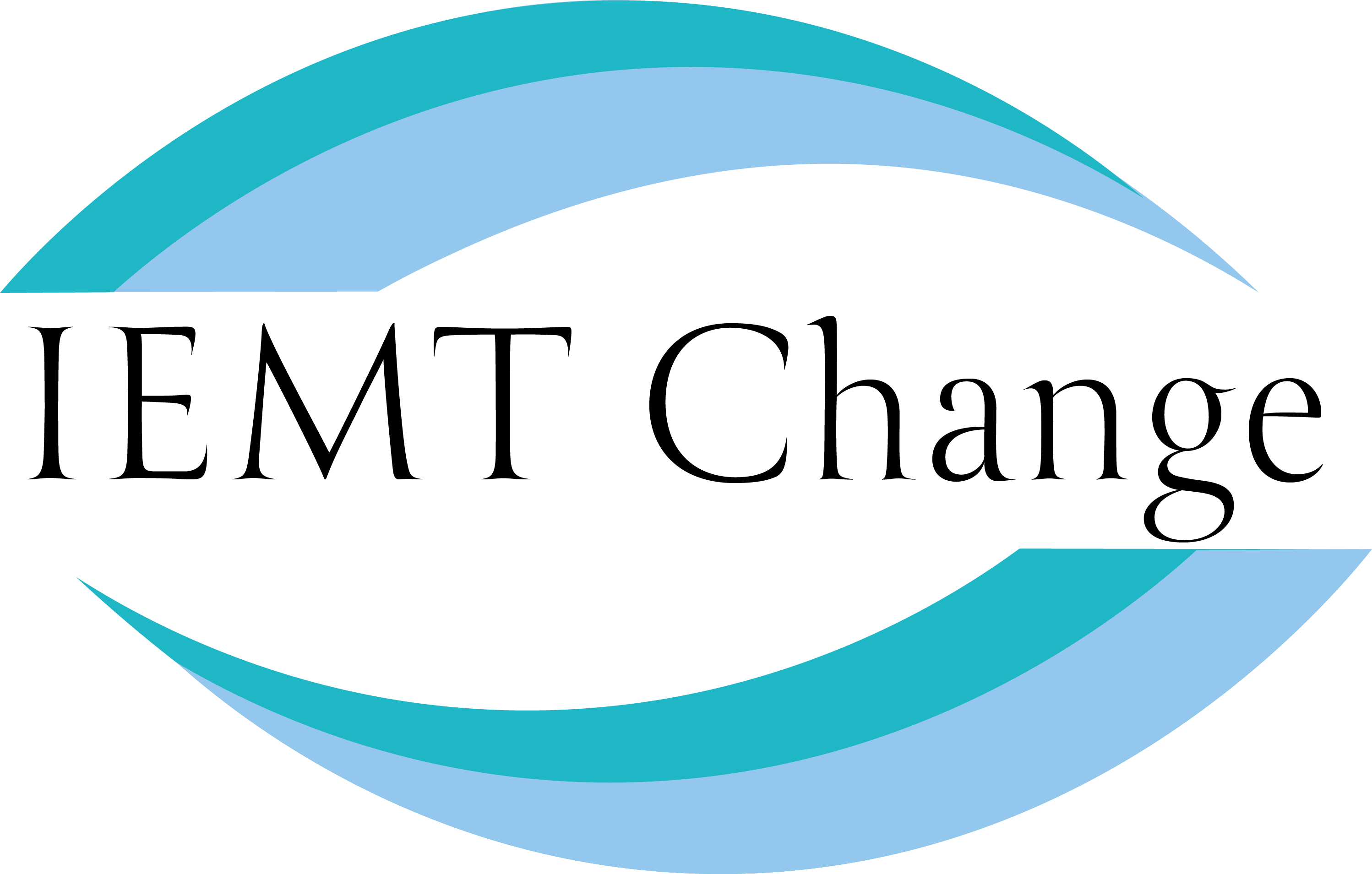Living with anxiety often means dealing with constant internal noise, thoughts racing ahead, overthinking decisions, and a body that feels permanently on edge. Even when you know your reactions are out of proportion, it’s hard to switch them off.
Many people try to manage anxiety through coping strategies, distraction, or avoiding triggers. While those methods may bring short-term relief, they don’t address what’s actually driving the anxiety.
This is where Integral Eye Movement Technique (IEMT) offers a different approach.
What is IEMT?
IEMT is a structured method that uses guided eye movements to help shift unwanted emotional responses. It’s designed to work with the patterns that keep anxiety in place, not just the symptoms.
Rather than talking through events or analysing why you feel anxious, IEMT focuses on how your mind is running the anxiety internally. It works at the level of neurological patterning, helping the brain to process and update how it responds to certain thoughts, situations, or memories.
How does IEMT work with anxiety?
Anxiety is often rooted in past experiences, even if those experiences don’t seem dramatic or traumatic at first glance. Over time, the brain develops habitual emotional responses, such as panic, dread, or over-preparation, linked to specific thoughts or environments.
IEMT helps interrupt those emotional responses by:
- Identifying the specific triggers or thought patterns that create the anxious response
- Using guided eye movements to shift the brain’s internal representation of the problem
- Reducing the intensity of the emotional reaction, so it no longer feels automatic or overwhelming
This isn’t about “positive thinking” or convincing yourself to calm down. It’s a direct way to reduce the brain’s default emotional response to stress or uncertainty.
A method, not a mindset
Many clients come to IEMT after trying techniques that require effort, repetition, or mindset work. IEMT is different. It doesn’t rely on willpower or repeated practice. It works by helping the brain naturally reprocess emotional patterns that are stuck.
Most people notice changes quickly, often in the first session. Common outcomes include:
- Reduced overthinking
- Fewer “worst-case scenario” thoughts
- A calmer response in previously triggering situations
- Feeling less emotionally hijacked by stress or fear
What does a session look like?
During an IEMT session, you’ll be guided through a series of simple eye movements while thinking about the problem you want to address. There’s no need to go into detail or relive past experiences. The process is quiet, focused, and entirely based on your responses.
The method is suitable for anyone looking to change how they react to anxiety, without needing to “talk it out” or revisit everything that led to it.
Is IEMT right for you?
If you’re dealing with:
- Constant overthinking or worry
- Unexplained physical tension or panic
- Fear that seems out of proportion to the situation
- A feeling of being stuck or hijacked by your own emotions
…then IEMT offers a structured and efficient way to move forward.
It’s a straightforward method that helps reduce the emotional weight of anxiety, so you can respond more clearly, calmly, and confidently. If you are ready to make that change book here

